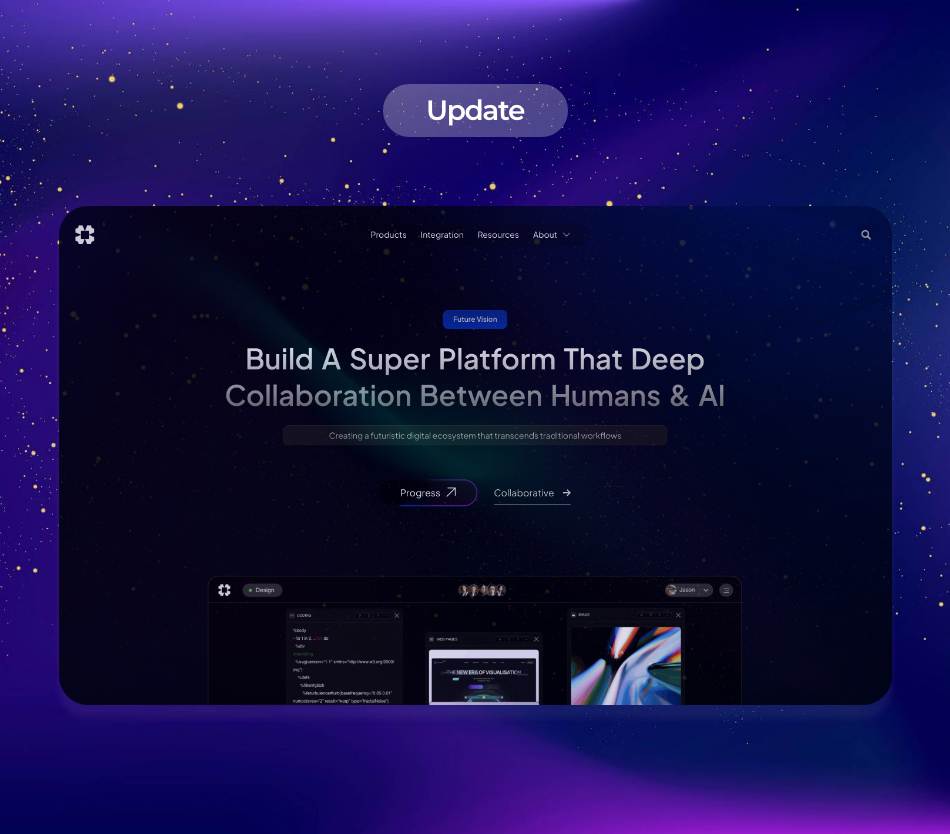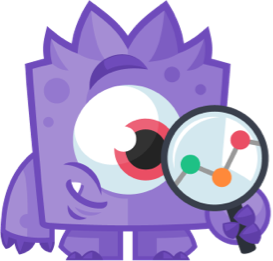In the rapidly evolving world of technology, the introduction and integration of new systems can dramatically influence various industries, especially data analytics. One of these groundbreaking innovations is the Adaptive Operating Systems (AIOS) architecture. This article delves into the intricacies of the AIOS architecture, its significance in data analytics, recent industry trends, and practical applications that exemplify its benefits.
### **Understanding AIOS Architecture**
Adaptive Operating Systems (AIOS) can be characterized as an innovative architectural framework that enhances the conventional functioning of operating systems. Unlike traditional operating systems that follow a fixed set of protocols, AIOS dynamically adjusts its resources and optimization strategies based on real-time user requirements and system performance data. This critically enhances the efficiency and efficacy of applications, especially in resource-intensive domains such as data analytics.
Traditional operating systems often create bottlenecks in processing, especially when adapting to large data sets or when multiple processes require simultaneous execution. With AIOS architecture, the system intelligently allocates resources, ensuring that the most demanding tasks receive priority without compromising overall system stability. This adaptability is key in environments that constantly generate and require analysis of large volumes of data.
### **Industry Trends and Updates**
As industries evolve with digital transformation, the demand for systems that can manage and analyze complex data sets has surged. The implementation of AIOS architecture within various sectors has become increasingly prevalent. Leading technology firms are investing heavily in the development and integration of AIOS to build smarter, more efficient data analytics platforms.
For instance, the rise of the Internet of Things (IoT) has generated unprecedented volumes of real-time data, necessitating sophisticated systems capable of continuous adaptation and management. AIOS architecture provides this flexibility by adapting to new data inputs dynamically and ensuring seamless real-time analysis. Furthermore, tech giants including Microsoft, IBM, and Google have acknowledged the importance of AIOS by integrating adaptive algorithms into their cloud computing solutions, further accelerating the shift toward more intelligent systems.
### **AIOS and Data Analytics**
The significance of AIOS in data analytics cannot be overstated. Data analytics, encompassing data collection, processing, and interpretation, is critical for businesses aiming to make informed decisions based on empirical evidence. AIOS architecture facilitates enhanced data analytics capabilities through several key features:
1. **Dynamic Resource Allocation**: AIOS can monitor workloads in real time, reallocating system resources as needed. This means that during a data-heavy analysis process, the AIOS can prioritize bandwidth and processing power, leading to faster analysis and insights.
2. **Scalable Architecture**: With AIOS, scalability becomes effortless. The architecture can easily incorporate additional nodes or resources, perfectly suited for environments experiencing rapid data growth. This eliminates the need for significant downtimes or system overhauls, providing seamless scalability options.
3. **Enhanced Performance Monitoring**: AIOS leverages intelligent performance monitoring systems. By analyzing operational metrics, the system can adaptively optimize itself for peak performance, mitigating any issues that could arise during data processing.
4. **Interoperability with AI**: The significant relationship between AI and AIOS is one to consider. As AI continues to advance, the need for an operating system that works seamlessly with these technologies is paramount. AIOS architecture supports various AI algorithms that improve data processing efficiency, turning raw data into actionable insights faster than ever.
Incorporating AIOS architecture into data analytics not only makes the analysis process more efficient, but also enhances the overall user experience, allowing businesses to make quicker and more informed decisions.
### **Technical Insights into AIOS**
1. **Integration with Machine Learning**: A critical insight into AIOS architecture is its seamless integration with machine learning (ML) applications. By adjusting resource allocations based on predictive modeling from ML, AIOS can deliver superior analytics applications with reduced processing times and increased accuracy. For example, a retail company analyzing customer purchase patterns will benefit from AIOS by quickly adjusting to sudden surges in transactions during holiday seasons.
2. **Edge Computing Compatibility**: As data continues to proliferate, particularly in IoT and mobile devices, edge computing has become essential. AIOS architecture supports edge computing by enabling processing closer to the data source, reducing latency, and bandwidth pressure. As such, businesses can deploy highly efficient analytics on devices without transcending the constraints of traditional operating systems.
3. **Security Protocols**: The incorporation of AIOS in data analytics also raises an essential point about security. With increasing concerns regarding data breaches and unauthorized access, AIOS can implement adaptive security measures that evolve in real-time, detecting potential threats based on ongoing data analysis and usage patterns.
### **Industry Use Cases**
To illustrate the transformative impact of AIOS architecture in data analytics, consider the following potential use cases across various industries:
1. **Healthcare**: In healthcare, AIOS can empower providers by analyzing vast amounts of patient data. The adaptability of AIOS allows for quick modifications in resource usage to generate timely reports on patient outcomes, treatment effectiveness, and resource allocation—ultimately improving patient care.
2. **Finance**: In the finance sector, regulatory compliance requires constant monitoring and reporting of data. The AIOS can facilitate real-time data analysis of transactions, flagging anomalies or compliance violations instantly. This leads to more robust fraud detection systems, resulting in enhanced security and operational efficiency.
3. **Manufacturing**: In smart factories, AIOS can ensure the smooth operation of machinery by processing data from sensors and devices efficiently. When production levels surge, the architecture adapts in real-time, redistributing system resources to minimize downtime and maintaining high output levels.
4. **E-commerce**: E-commerce platforms can leverage AIOS for robust customer analytics. By dynamically tracking user activity, inventory data, and sales metrics, AIOS can enhance user experiences through personalized recommendations while optimizing backend processing for promotional events or sales.
### **Conclusion**
AIOS architecture stands as a front-runner in revolutionizing how data analytics are approached and executed in various industries. Its ability to adapt dynamically to user needs combined with advanced performance monitoring creates an environment in which businesses can thrive amidst ever-increasing productivity demands.
As digital transformation continues to expand, the integration of AIOS into data analytics will no doubt witness further advancements, with enhanced algorithms and machine learning techniques pushing the boundaries of data processing. Organizations that adopt AIOS architecture in their data analytics strategies will likely propel themselves forward, making data-driven decisions that are both timely and insightful.
In conclusion, the future of data analytics lies significantly in the embrace of adaptive technologies such as AIOS architecture. The solution not only enhances current capabilities but also paves the way for innovative applications in the rapidly evolving technological landscape.
### **Sources**
– T. Koziol, “Adaptive Operating Systems,” *Journal of Computer Architecture*, 2023.
– M. Johnson and E. Smith, “Trends in Data Analytics: The Role of Adaptive Architecture,” *International Journal of Data Science*, 2023.
– R. Byerly, “The Future of Data Analytics: Integrating AIOS Architecture,” *Data Matters Magazine*, 2023.
– Z. Wu and Y. Lee, “AIOS in Healthcare: Transforming Patient Care,” *Healthcare Technology Review*, 2023.
– J. Garcia, “Dynamic Resource Management in AIOS,” *Journal of Computational Sciences*, 2023.




























